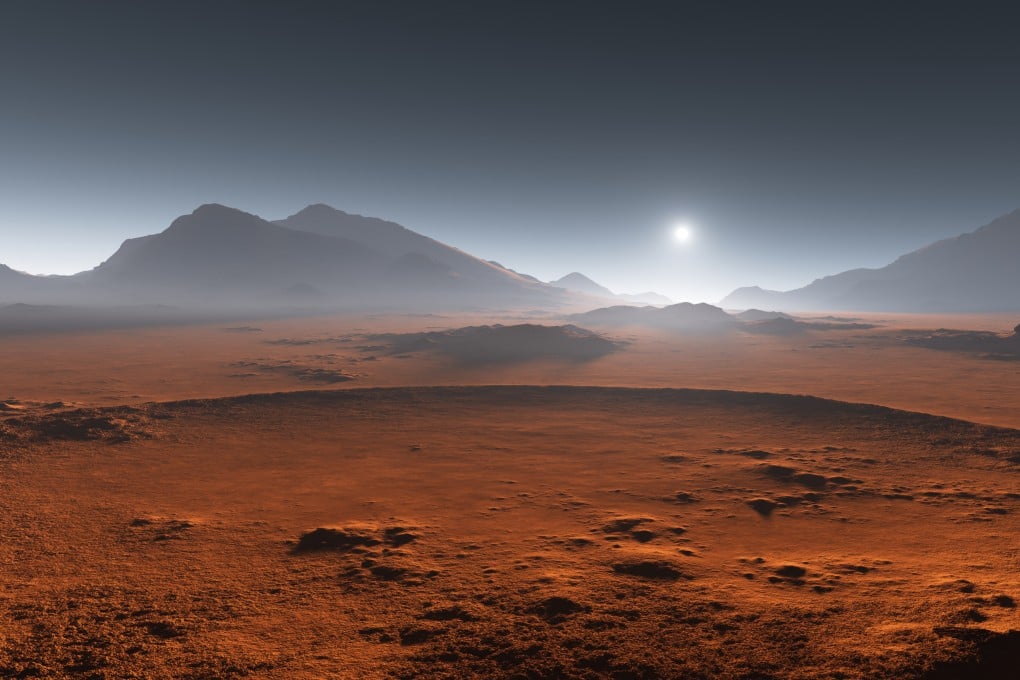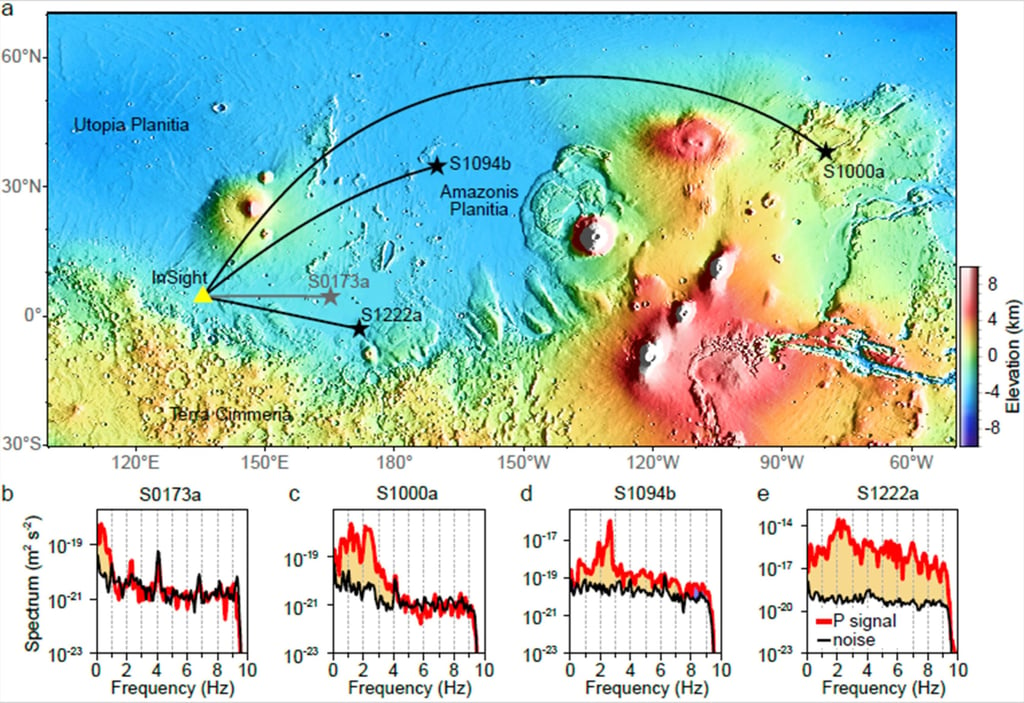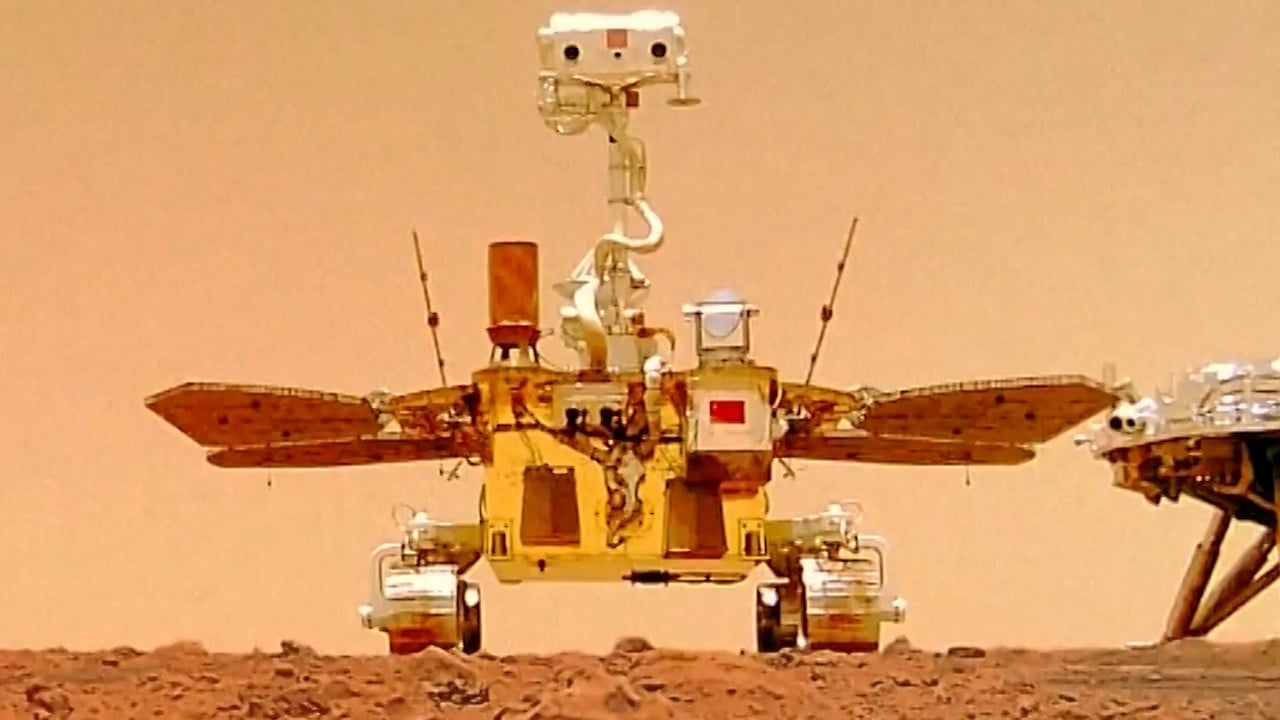‘Marsquakes’ point to liquid water in red planet’s crust, study finds
Scientists using data from Nasa’s InSight lander find mysterious zone they say is best explained by a layer of water-saturated rock

Liquid water may be locked in rock just a few kilometres beneath Martian ground – much closer to the surface of the red planet than previously thought.
If confirmed, this underground layer – between 5.4km and 8km (3.3-5 miles) deep – could hold as much water as a global layer up to 780 metres (2,550 feet) thick, according to their paper published in National Science Review last month.
“Our results provide the first seismic evidence of liquid water at the base of the Martian upper crust, shaping our understanding of Mars’ water cycle and the potential evolution of habitable environments on the planet,” they wrote in the paper.
Nasa’s InSight lander arrived on Mars in 2018 with a unique mission: not to roam the surface, but to listen to what was happening beneath it. For four years, it used a sensitive seismometer to detect subtle ground movements caused by crustal stress and meteorite impacts.

